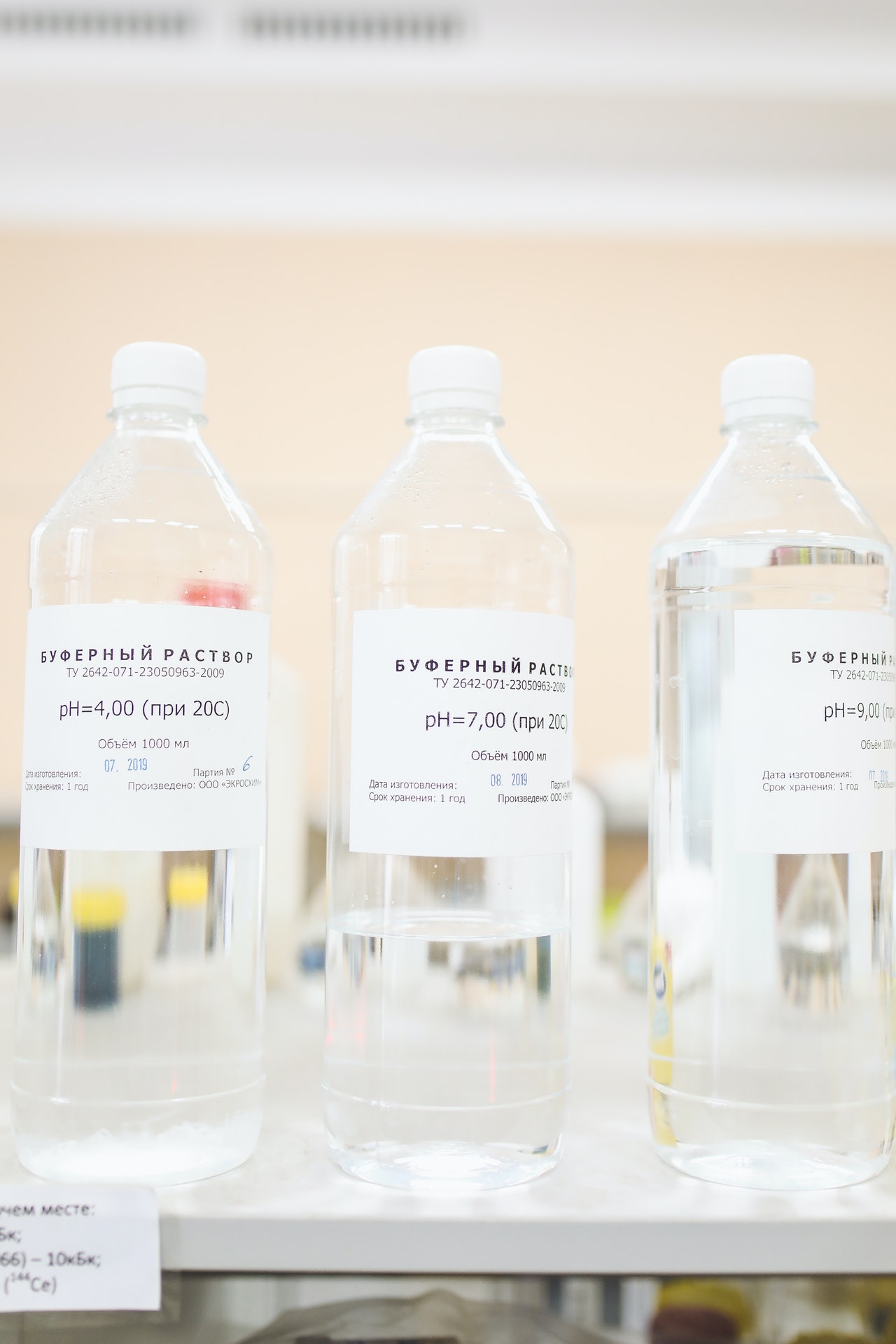Proteins have always formed an integral component of the human metabolic system. Almost 90% of the human tissue is comprised of proteins. Proteins are synthesized when chemical bonds are formed between amino acids. N-acetyl cysteine, also abbreviated as (NAC) is one such amino acid and is synthesized by the liver. It is also possible to synthesize NAC artificially by performing the correct chemical procedures. Information about artificial synthesis of NAC is however very limited.
NAC is basically available as a white crystalline powder. It is soluble in water as well as alcohol. Being a type of amino acid, it has a slightly sour taste and the characteristic odor which reminds one of vinegar. Cysteine is the basic amino acid from which NAC is eventually synthesized. Cysteine is an amino acid having a suphur base. It has been said, that many therapeutic properties are present in NAC, due to the sulphur component.
Generally also, NAC, has a lot of potential of becoming a multi-utility drug. According to some studies, it is a much underutilized product. NAC has been referred to as a pro-drug. A pro-drug is a substance which has no active medicinal properties, but once it is administered into the human body, it transforms its properties and becomes pharmacologically active. NAC, is the pro-drug for a substance which eventually leads to the formation of glutathione. Glutathione is a very powerful anti-oxidant. Adequate NAC levels in human body, keep the glutathione stores replenished which keeps anti-oxidation functions of the body cells normal. It has also been proven that glutathione also helps in boosting the immunity of people who are suffering from chronic debilitating disorders.
The list of health conditions in which the patient may be benefitted by NAC is very long. Almost every system of the human body has NAC to be grateful about for some or the other disease treated by it. Starting from the CNS, there are many psychiatric conditions, like bipolar disorder, Alzheimer’s disease, OCD, schizophrenia, for the treatment of which NAC has proven to be useful. As important as the CNS, is the Cardio-Vascular system. Treatment of angina and myocardial infarction can be expedited by administration of an intravenous solution of NAC and nitroglycerine. Kidney disorders in which one or both kidneys may be affected are known to benefit by the utilization of NAC. Renal failure often requires the patient to undergo dialysis. Dialysis often takes a toll on the patient’s health and has numerous complications. These side effects are also effectively tackled by NAC. Alcoholic hepatitis, Sjogren’s syndrome, certain forms of epilepsy, otitis media and externa, are some of the other diseases which can be treated better if NAC if administered along with other medication. There is ample data to provide proof of the efficiency of NAC, however exact mechanism of its functioning is not known in detail.
One very important function is performed by NAC, which is of importance for normal functioning of all systems of the human body, and that is of detoxification. Our body is naturally producing many detoxifying agents which keep all poisonous elements at the bare minimum level. But at times, certain toxic agents tend to accumulate in the blood or elsewhere in the human body in such a massive amount, that some external detoxifying agent is required. NAC, is known to efficiently nullify the toxic effects of heavy metal poisoning, certain insecticides, paracetamol overdose and carbon monoxide poisoning. At times, chemotherapy and radiotherapy becomes mandatory in cancer patients. The toxic effects on these therapies are also taken care of by administration of NAC in suitable doses.
At present the maximum utilization of NAC in the field of pharmacology is however, due to its mucolytic properties. NAC is known to break the chemical bonds between proteins in the mucus thus making it less viscous. This property of NAC makes it a drug of choice in treatment of chronic bronchitis, cystic fibrosis, pulmonary fibrosis, emphysema, tuberculosis, caner of the lungs, alveolar affections and many more pulmonary conditions.
NAC being important to almost every system of the human body, its administration maybe done via different routes, depending on which system is affected. Tablets or liquid solution of NAC with any other combination for oral consumption are available at most pharmacies. NAC may also be inhaled as a mist, or administered intravenously when oral ingestion is contra-indicated. In eye problems, ocular drops of NAC may also be administered. The dosage varies from one mode of administration to the other.
If the necessary dose is exceeded then there are adverse effects. More commonly, nausea, vomiting, drowsy sensation, cold clammy perspiration, are seen. In addition to it, stomatitis, fever and broncho-constriction also may occur. In extreme cases, the patient may respond by developing an anaphylactic reaction. In this type of reaction, skin rash, hypotension and wheezing may occur. It is due to these harmful effects, that it is very necessary for the physician to be aware about the optimal dose and how to administer it.
NAC, even though available to be administered externally, is also synthesized and metabolized in the liver. The human body prevents accumulation of excess of NAC by regular excretion from the body via the fecal or urinary route.
Extensive research is currently being done on NAC, by biochemistry and chemistry experts and also doctors. There is a huge list of health conditions which may benefit from NAC. It Is definitely the drug of the future which will capture the nutraceutical and pharmaceutical industry widely.



